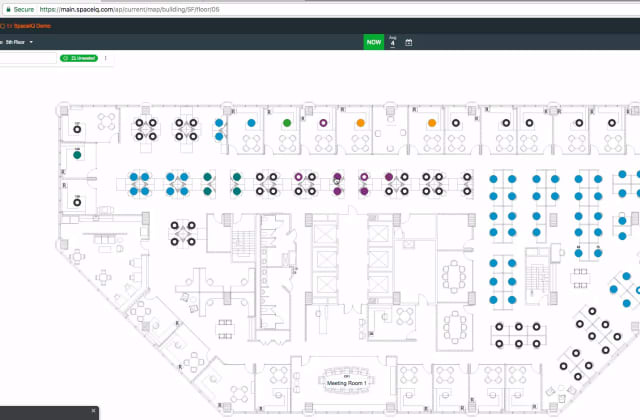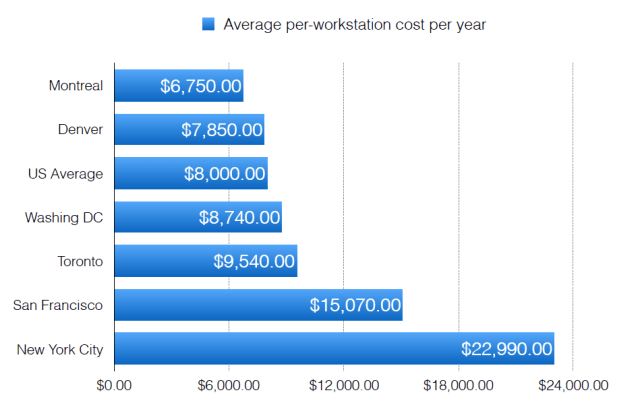Figure 1- The old, old way of floor space planning. (Image courtesy of SpaceIQ.)

Figure 2- The new way, with SpaceIQ showing who sits where on a browser. (Image courtesy of SpaceIQ.)
For most businesses of any size, the largest single expense is the employees. Next is putting a roof over their heads.

Figure 3- Space is at a premium in major metros, according to the DTZ Global Office Thermometer Report, May 2017. (Image courtesy of DTZ.)
With office space costing as much as $23,000 a month in some cities (New York, see above), there’s got to be money that can be saved by renting only the necessary amount of space for the people who are actually at work. However, according to Jeff Revoy, chief commercial officer and cofounder of SpaceIQ, that is not typically the case. Companies as a whole waste a tremendous amount of space.
Revoy was recently involved with a company that complained that half of their space was going unused. The company had planned for one desk per employee, but some people were working from home and coming in 2 days a week, and others were often travelling or on leave.
By SpaceIQ’s estimation, of the $10 trillion spent to procure commercial workspace, $3 trillion is wasted. Facility managers have traditionally used FM software to get a handle on their real estate, but the old school FM systems just don’t work for everyone or as intended, says Revoy.
Hot Desking
“These days, you need to plan for hot desk,” Revoy says, referring to…

